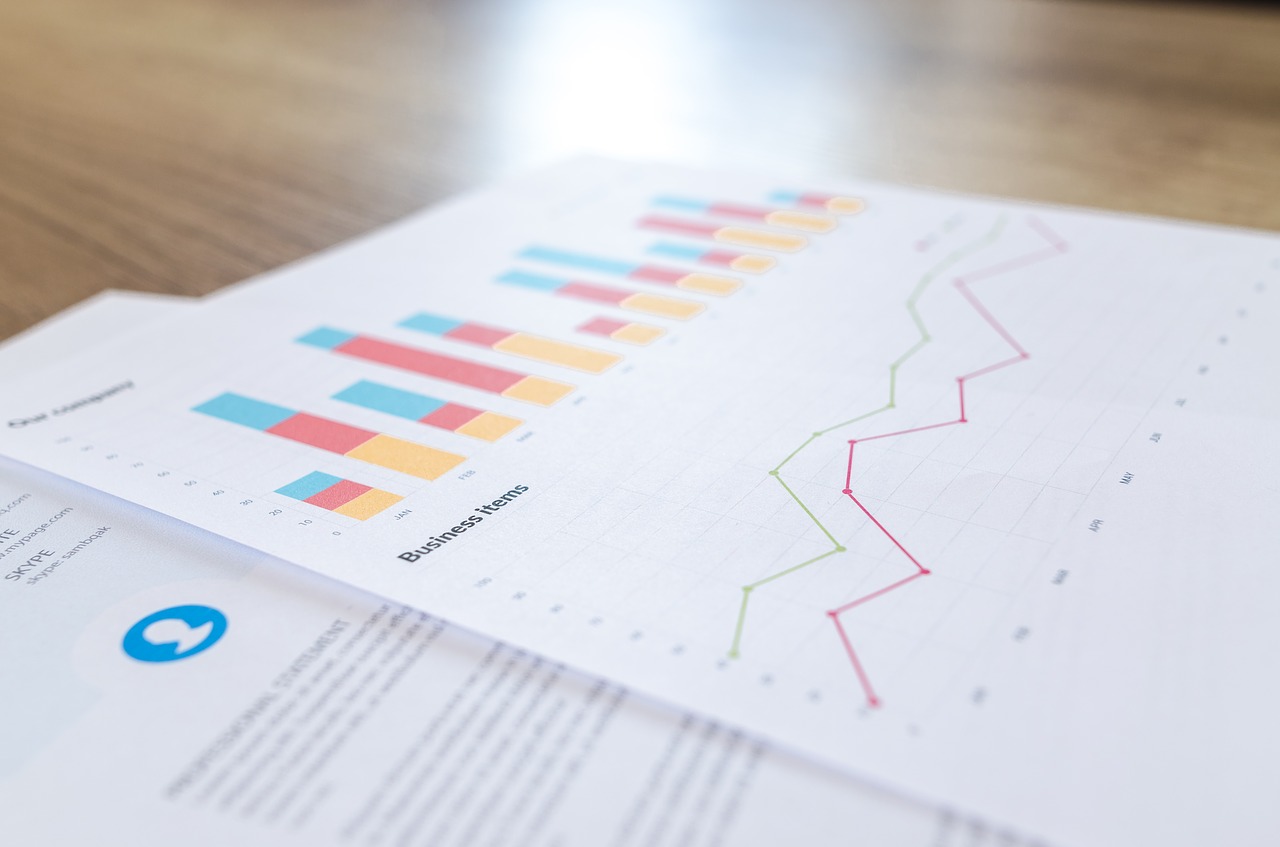With the prime borrowing rate soaring to new heights, some borrowers are beginning to feel the crunch.
In July, the Federal Reserve raised interest rates by 0.75 percentage points in its latest attempt to beat inflation. July’s hike follows on the coattails of June’s 0.75 increase, which was the largest growth in nearly 30 years.
Altogether, prime borrowing rates have climbed to 5.50 percent this year. What’s more, you can expect increases to continue sporadically throughout the year until the Fed gets today’s white-hot inflation under control.
Q2 2022 hedge fund letters, conferences and more
As the central bank doubles down on its mandate to reduce inflation to 2%, borrowers are in it for the long haul. Any adjustments to the prime rate will rock the financial world, raising prices on most consumer loans.
How will this impact the cost of borrowing? And what happens to the loans you already have out? If you’re worried about interest rates, keep reading to understand why these increases are happening and what you can do to handle them.
Why Are Interest Rates Increasing?
The central bank’s aggressive increase to the prime interest rate is designed to tamp the brakes on runaway inflation, which sped past another record-breaking benchmark this summer. In July, the Consumer Price Index reached an eye-watering 9.1%, the highest it’s been in 41 years.
The theory is that the Federal Reserve’s actions will freeze prices since people are less inclined to borrow when rates are high. This in turn will clamp down on people’s purchasing power and reduce spending.
Eventually, retailers will take the hint and increase their prices at a slower rate or, ideally, reduce them to encourage shoppers back in their stores.
It might be a while before the average consumer sees these changes reflected in the prices at the grocery store or the pumps. In the meantime, however, they will feel the Fed’s interest rate hike immediately.
What Do These Latest Hikes Mean for Your Next Loan?
All this talk about prime borrowing doesn’t mean you’ll get this rate the next time you borrow, or even that your current short term personal loans and credit cards will hit this benchmark. It merely represents the lowest possible rate available to the most creditworthy borrowers.
Anytime the central bank adjusts this low rate, it has a ripple effect on most (but not all) credit that applies a higher rate. Everything gets adjusted accordingly, which means you can expect a new loan to cost more by roughly 1.5%.
That means a loan that would have cost you roughly 7% two years ago will now cost you approximately 8.5% after these hikes.
How Will Higher Rates Affect Your Finances Today?
Those who already have short-term personal loans and credit cards in their names want to know what they can expect from these rates. The answer depends on the terms of your credit and whether you accepted a fixed or variable rate.
What is a Fixed Rate Loan?
A fixed rate means that the interest rate applied to your loan will not change for that loan’s entire term, regardless of the Fed’s actions. You signed a contract that holds both you and your lender to set loan conditions, including the interest rate.
Auto loans, online installment loans, some student loans, and even certain mortgages come with fixed rates.
What is a Variable Rate Loan?
A variable rate, on the other hand, means the interest rate charged to your loan will fluctuate as the market interest rates change. Your variable rate loans will get more expensive, as your lender will adjust their rates to reflect the latest hike.
Many credit cards and lines of credit are variable, but so are some mortgages and short-term personal loans.
If you have an outstanding variable mortgage or personal loan, your monthly payments will be slightly larger. As for credit cards and lines of credit, you’ll pay more interest on any balance you carry.
What You Can Do to Handle These Price Hikes
If you’re struggling to make ends meet as it is, here are some tips to help you weather this latest financial hurdle.
Make a Budget
A budget is a spending plan that helps you prioritize your cash in the most effective way possible. It gives you a bird’s eye view of your expenses so that you know how much money you need to make ends meet.
With your online loan payments taking up more of your monthly budget, you need to adjust your spending to ensure you have enough to cover these bills and your other essentials.
If you’re finding it hard to stick to a traditional budget, don’t panic. There’s no one-size-fits-all approach to the budget. In fact, you can experiment with many different types of budgets to help you cover the increasing costs of your mortgage, online loans, and credit cards.
Whatever you choose, you want something that’s easy to stick with every month. A budget only helps if you use it consistently.
Cut Discretionary Expenses
If you’re finding it hard to stretch your budget to cover everything, it might be time to eliminate some of your expenses. Focus on discretionary spending first, like takeout, streaming services, and subscriptions. While they might be fun, they aren’t essential to survival so you can cut them out without jeopardizing your health and safety.
Tweak Your Essential Expenses
For most people, dining out occasionally won’t make or break their budget. The bills they pay every month, on the other hand, promise greater savings potential.
Recurring bills like your utilities, insurance, cell phone and Internet package, groceries, and fuel costs are taking up a bigger piece of your budget, thanks to inflation. Anything you do to control these costs will free up more cash to go towards your debt.
When it comes to insurance, cell phone bills, and the Internet, shop around. See if you can find a better package at a lower rate with another company. Call your current providers before you jump ship to see if they’re willing to lower your costs to keep you as a customer.
As for groceries and fuelling costs, you’ll have to be crafty to lower these bills. Try to walk, cycle, or carpool more often, and research where the cheapest fueling stations are in town. Learn the art of meal prepping around promotions and coupons to fill your belly with cheap yet nutritious food.
Start Saving More
On a more positive note, this hike doesn’t just affect the cost of borrowing — it also increases how much you earn on savings. Take advantage of higher saving rates to earn more money on the cash you set aside for emergencies.
Now is the time to build an emergency fund, so make sure you use your budget to free up some cash for this goal. A hearty emergency fund can help you avoid borrowing at higher costs, since you can rely on these savings to help with unexpected expenses and bills.
The Bottom Line: Your Budget Needs to Change
While there’s nothing you can do to change inflation or prime borrowing rates, you can control your budget to weather these economic forces. Reduce your monthly spending if you’re repaying variable loans. Anything you do to cut excessive spending can help you ride out higher interest rates until the economy evens out.
But it’s a good idea to check in with your budget even if you’re lucky enough to have fixed terms. Your budget can help you set aside more in savings, so you don’t have to borrow at higher prices.













